Home>Furniture & Design>Outdoor Furniture>How To Protect Outdoor Furniture
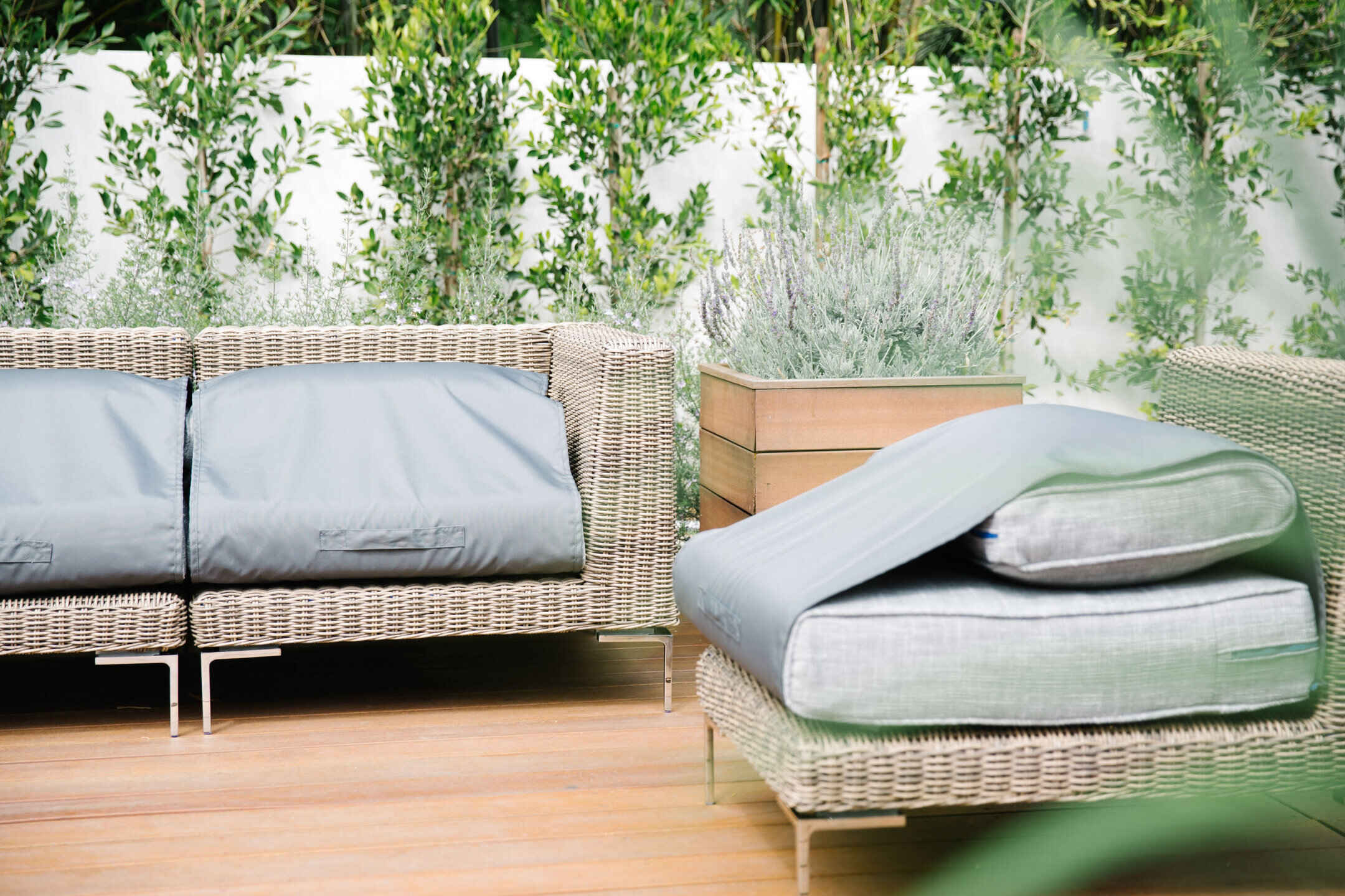

Outdoor Furniture
How To Protect Outdoor Furniture
Modified: February 18, 2024
Learn how to protect your outdoor furniture from the elements and keep it looking great for years to come. Discover essential tips and tricks for outdoor furniture maintenance and design. Protect your investment with our expert advice.
(Many of the links in this article redirect to a specific reviewed product. Your purchase of these products through affiliate links helps to generate commission for Storables.com, at no extra cost. Learn more)
Introduction
When it comes to creating a comfortable and inviting outdoor living space, investing in high-quality furniture is essential. Whether you have a cozy balcony, a spacious patio, or a sprawling garden, outdoor furniture adds functionality and style to your outdoor oasis. However, exposure to the elements can take a toll on your outdoor furniture, causing wear and tear that diminishes its aesthetic appeal and structural integrity. To ensure that your outdoor furniture remains in top condition for years to come, it's crucial to implement effective protection strategies.
In this comprehensive guide, we'll explore various methods to safeguard your outdoor furniture from the damaging effects of sun, rain, wind, and other environmental factors. From selecting the right materials to applying protective finishes, we'll cover everything you need to know to preserve the beauty and functionality of your outdoor furniture. By incorporating these protective measures into your maintenance routine, you can enjoy your outdoor haven without worrying about the impact of weather and time on your beloved furniture pieces. Let's delve into the world of outdoor furniture protection and discover how to keep your outdoor living space looking its best.
Key Takeaways:
- Choose durable materials like teak, aluminum, or synthetic wicker for outdoor furniture to withstand weather and reduce maintenance, ensuring long-lasting beauty and functionality.
- Regular cleaning, using protective covers, and applying finishes can protect outdoor furniture from sun, rain, and wear, preserving its appeal and performance for years.
Choosing the Right Materials
When it comes to protecting outdoor furniture, the first line of defense begins with selecting the right materials. Opting for durable and weather-resistant materials is essential to ensure that your outdoor furniture can withstand the elements without succumbing to deterioration. Here are some popular options known for their resilience:
- Teak: Renowned for its natural resistance to water, rot, and insects, teak is a popular choice for outdoor furniture. Its high oil content enables it to withstand harsh weather conditions, making it an ideal material for outdoor use.
- Aluminum: Lightweight and rust-resistant, aluminum furniture is an excellent option for outdoor settings. Its powder-coated finish provides added protection against the elements, making it a low-maintenance choice.
- Wicker: Synthetic wicker, crafted from resin or PVC, offers exceptional durability and weather resistance. It can withstand UV exposure and moisture, making it suitable for various outdoor environments.
- Steel: When properly treated with a weather-resistant finish, steel furniture can withstand outdoor conditions. However, regular maintenance is crucial to prevent rust and corrosion.
- Recycled Plastic: Environmentally friendly and resistant to moisture, recycled plastic furniture is an excellent choice for outdoor settings. It is easy to clean and requires minimal maintenance.
By carefully considering the materials used in your outdoor furniture, you can proactively protect it from environmental damage. Additionally, investing in high-quality furniture made from these durable materials can contribute to the longevity and resilience of your outdoor living space.
Regular Cleaning and Maintenance
Regular cleaning and maintenance are essential to prolong the life and visual appeal of outdoor furniture. By incorporating simple yet effective cleaning routines into your maintenance schedule, you can prevent dirt, grime, and environmental residue from compromising the beauty and functionality of your outdoor furnishings. Here are some tips for maintaining your outdoor furniture:
- Wash with Mild Soap and Water: Regularly clean your outdoor furniture with a solution of mild soap and water. Use a soft brush to gently scrub the surfaces, and then rinse thoroughly with a hose. This helps remove dirt, pollen, and other debris that can accumulate over time.
- Check for Mold and Mildew: In humid environments, mold and mildew can develop on outdoor furniture. If you notice any signs of mold or mildew, promptly clean the affected areas with a solution of bleach and water, following the manufacturer’s recommendations for dilution and application.
- Inspect for Wear and Damage: Regularly inspect your outdoor furniture for signs of wear, rust, or structural damage. Address any issues promptly to prevent minor problems from escalating into major repairs.
- Apply Protective Coatings: Depending on the material of your outdoor furniture, consider applying protective coatings or sealants to enhance its resistance to moisture, UV rays, and environmental stressors. Follow the manufacturer’s guidelines for proper application and reapplication intervals.
- Store Cushions and Fabrics: If your outdoor furniture includes cushions or fabric components, store them in a dry, ventilated area when not in use. This helps prevent moisture retention and prolongs the lifespan of the upholstery.
By incorporating these maintenance practices into your routine, you can uphold the condition and longevity of your outdoor furniture, ensuring that it remains an inviting and functional feature of your outdoor living space.
Using Protective Covers
Protective covers are invaluable assets for safeguarding outdoor furniture from the elements. Whether you have a set of patio chairs, a dining table, or a lounging sofa, investing in high-quality protective covers can significantly extend the lifespan of your outdoor furnishings. Here’s how protective covers can help preserve the condition of your outdoor furniture:
- Weather Resistance: Protective covers shield outdoor furniture from rain, snow, and UV exposure, preventing moisture damage, discoloration, and deterioration caused by prolonged sun exposure.
- Debris Protection: By using covers, you can prevent leaves, pollen, bird droppings, and other debris from accumulating on your outdoor furniture, reducing the frequency of cleaning and maintenance.
- Preservation of Upholstery: For furniture with cushions or fabric components, protective covers offer an additional layer of defense against moisture, mold, and fading, helping maintain the integrity and appearance of the upholstery.
- Seasonal Storage: During periods of infrequent use or inclement weather, protective covers allow you to store your outdoor furniture outdoors without exposing it to the full force of the elements, prolonging its lifespan and reducing the need for frequent cleaning and maintenance.
When selecting protective covers for your outdoor furniture, ensure that they are designed to fit each piece snugly and are made from durable, weather-resistant materials. Additionally, opt for covers with ventilation features to prevent moisture buildup and promote air circulation. By using protective covers as part of your outdoor furniture maintenance strategy, you can effectively shield your furnishings from environmental wear and tear, preserving their beauty and functionality for years to come.
Cover your outdoor furniture with waterproof and UV-resistant covers when not in use to protect it from the elements and prolong its lifespan.
Storing Furniture During Harsh Weather
During periods of extreme weather, such as heavy storms, snowfall, or prolonged periods of intense sunlight, it’s advisable to take proactive measures to protect your outdoor furniture by storing it in a safe and sheltered location. By safeguarding your furnishings from harsh weather conditions, you can prevent damage and extend their longevity. Here are some tips for storing outdoor furniture during inclement weather:
- Utilize Indoor Storage: If possible, move your outdoor furniture to a covered or indoor storage area during severe weather events. This can include a garage, shed, or designated storage space where the furniture can be shielded from the elements.
- Disassemble and Stack: For furniture that cannot be moved indoors, consider disassembling it and stacking the components in a secure location. This helps minimize exposure and reduces the risk of damage caused by strong winds or heavy precipitation.
- Secure Loose Items: Prior to storing your outdoor furniture, ensure that any loose items, such as cushions, umbrellas, or accessories, are secured or stored separately to prevent them from being damaged or lost during inclement weather.
- Use Temporary Covers: In situations where indoor storage is not feasible, use temporary covers or tarps to protect your outdoor furniture from direct exposure to rain, snow, or intense sunlight. Secure the covers tightly to prevent wind damage.
- Elevate Off the Ground: If storing furniture outdoors during wet or snowy conditions, elevate it off the ground using blocks or risers to prevent moisture absorption and potential damage from standing water or snow accumulation.
By taking these proactive steps to store your outdoor furniture during harsh weather, you can mitigate the risk of damage and maintain the integrity of your furnishings, ensuring that they remain in optimal condition for enjoyment once the weather conditions improve.
Read more: How To Protect Outdoor Wooden Furniture
Applying Protective Finishes
Applying protective finishes is a proactive measure to fortify outdoor furniture against the damaging effects of weather and environmental exposure. Whether your furniture is crafted from wood, metal, or synthetic materials, protective finishes can enhance durability and resistance to moisture, UV rays, and general wear. Here are some popular protective finishes and their benefits:
- Wood Sealers and Stains: For wooden outdoor furniture, applying a high-quality sealer or stain can provide protection against moisture, mildew, and UV damage. These finishes penetrate the wood, forming a protective barrier that helps maintain its natural beauty while prolonging its lifespan.
- Rust-Resistant Coatings: Metal outdoor furniture, such as wrought iron or steel, can benefit from rust-resistant coatings or paints. These finishes create a barrier against corrosion, extending the longevity of the furniture and preserving its aesthetic appeal.
- UV-Protective Sprays: Synthetic materials, including resin wicker and plastic furniture, can be treated with UV-protective sprays or coatings to prevent fading and discoloration caused by sun exposure. These products help retain the vibrancy and integrity of the materials over time.
- Clear Protective Varnishes: Clear varnishes or sealants are suitable for protecting outdoor furniture made from various materials, including wood, metal, and plastic. They offer a transparent protective layer that shields the furniture from moisture, stains, and environmental damage.
When applying protective finishes to your outdoor furniture, it’s essential to follow the manufacturer’s instructions and prepare the surfaces properly to ensure optimal adhesion and effectiveness. Additionally, periodic reapplication of protective finishes, as recommended by the product guidelines, can bolster the furniture’s resilience and maintain its visual appeal over time.
By incorporating protective finishes into your outdoor furniture maintenance regimen, you can fortify your furnishings against the rigors of outdoor exposure, preserving their beauty and functionality for years to come.
Conclusion
Protecting your outdoor furniture is a proactive endeavor that can significantly impact its longevity, appearance, and performance. By implementing a comprehensive strategy that encompasses material selection, regular maintenance, protective covers, and proactive storage during harsh weather, you can safeguard your outdoor furnishings from the detrimental effects of sun, rain, wind, and other environmental factors.
Choosing the right materials for your outdoor furniture sets the foundation for durability and weather resistance. Whether it’s teak, aluminum, wicker, steel, or recycled plastic, selecting quality materials ensures that your furniture is inherently equipped to withstand outdoor conditions.
Regular cleaning and maintenance are crucial for preventing dirt, mold, and wear from compromising the beauty and structural integrity of your outdoor furniture. By incorporating simple cleaning routines and promptly addressing any signs of damage, you can uphold the condition and visual appeal of your furnishings.
Utilizing protective covers offers a practical and effective means of shielding your outdoor furniture from the elements. These covers provide weather resistance, debris protection, and preservation of upholstery, contributing to the prolonged lifespan of your outdoor furnishings.
During periods of harsh weather, storing your outdoor furniture in a sheltered location or utilizing temporary covers can prevent damage and deterioration caused by extreme conditions. Proactive storage measures help mitigate the impact of inclement weather on your furniture, ensuring its continued functionality and aesthetic appeal.
Applying protective finishes tailored to the materials of your outdoor furniture can enhance their resilience and resistance to moisture, UV rays, and environmental stressors. From wood sealers and rust-resistant coatings to UV-protective sprays and clear varnishes, these finishes fortify your furniture against the rigors of outdoor exposure.
By integrating these protective measures into your outdoor furniture maintenance routine, you can enjoy your outdoor living space to the fullest, knowing that your furniture is well-equipped to withstand the elements and stand the test of time. With proper care and proactive protection, your outdoor furniture will continue to enrich your outdoor oasis for years, maintaining its allure and functionality for countless seasons to come.
Frequently Asked Questions about How To Protect Outdoor Furniture
Was this page helpful?
At Storables.com, we guarantee accurate and reliable information. Our content, validated by Expert Board Contributors, is crafted following stringent Editorial Policies. We're committed to providing you with well-researched, expert-backed insights for all your informational needs.
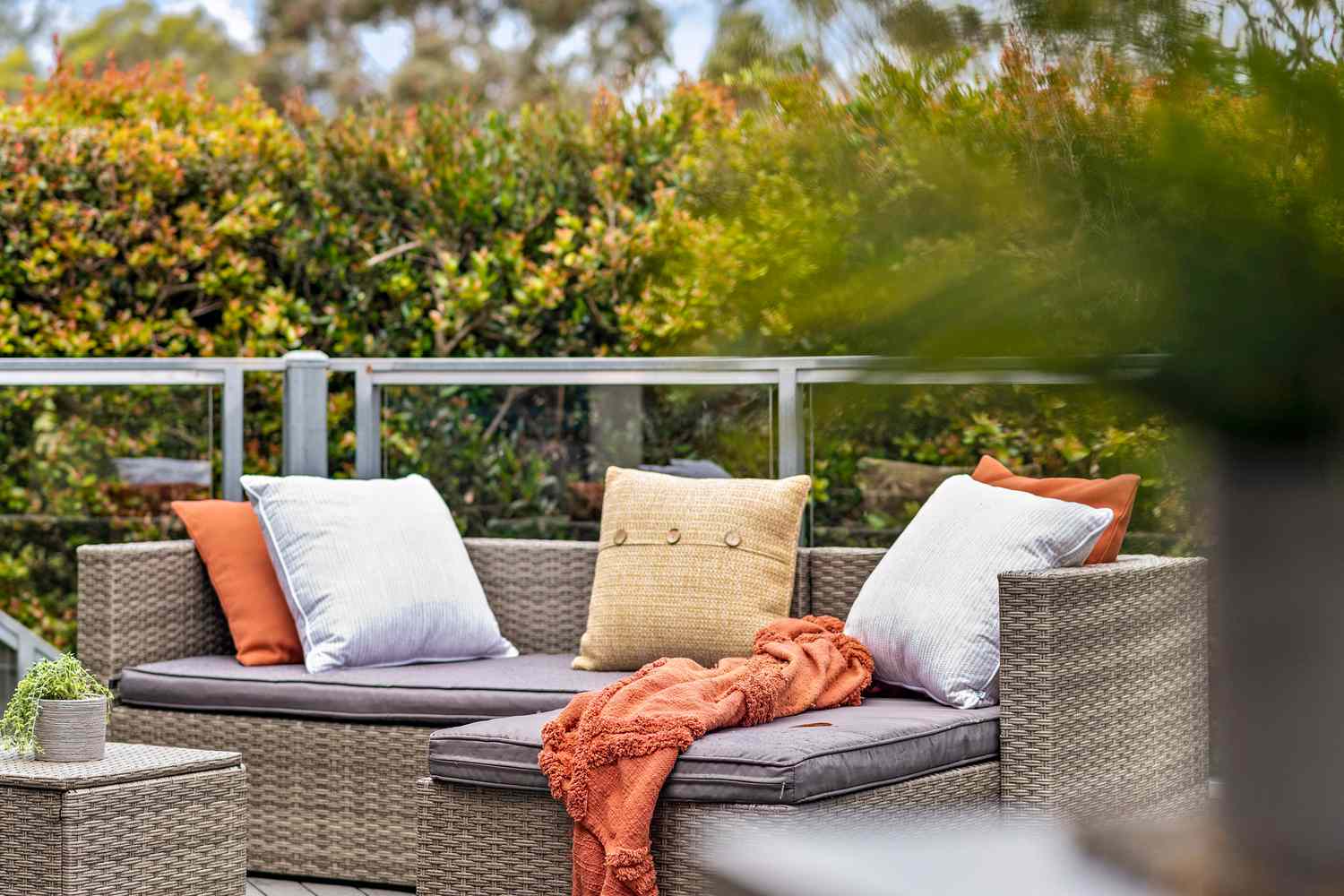
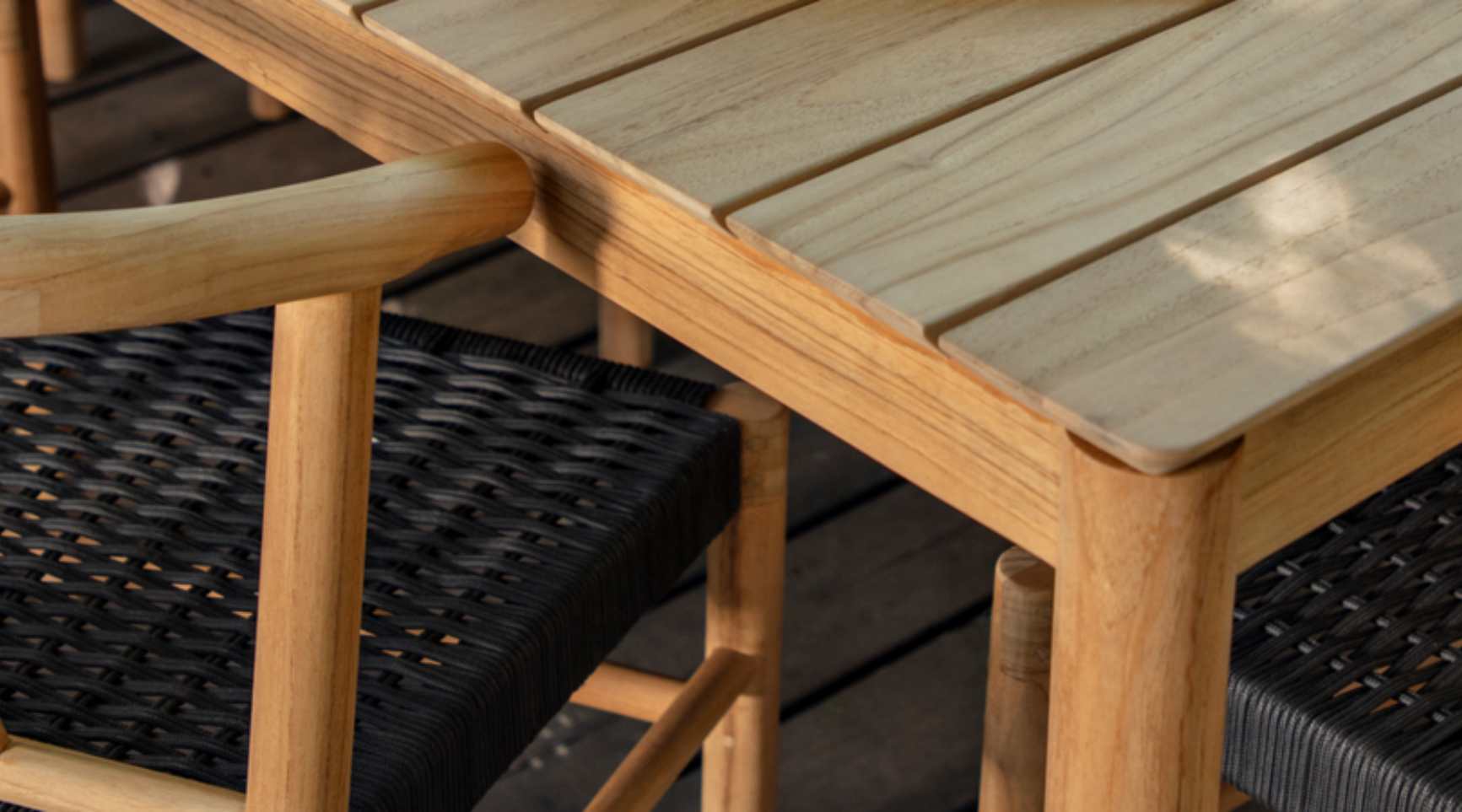
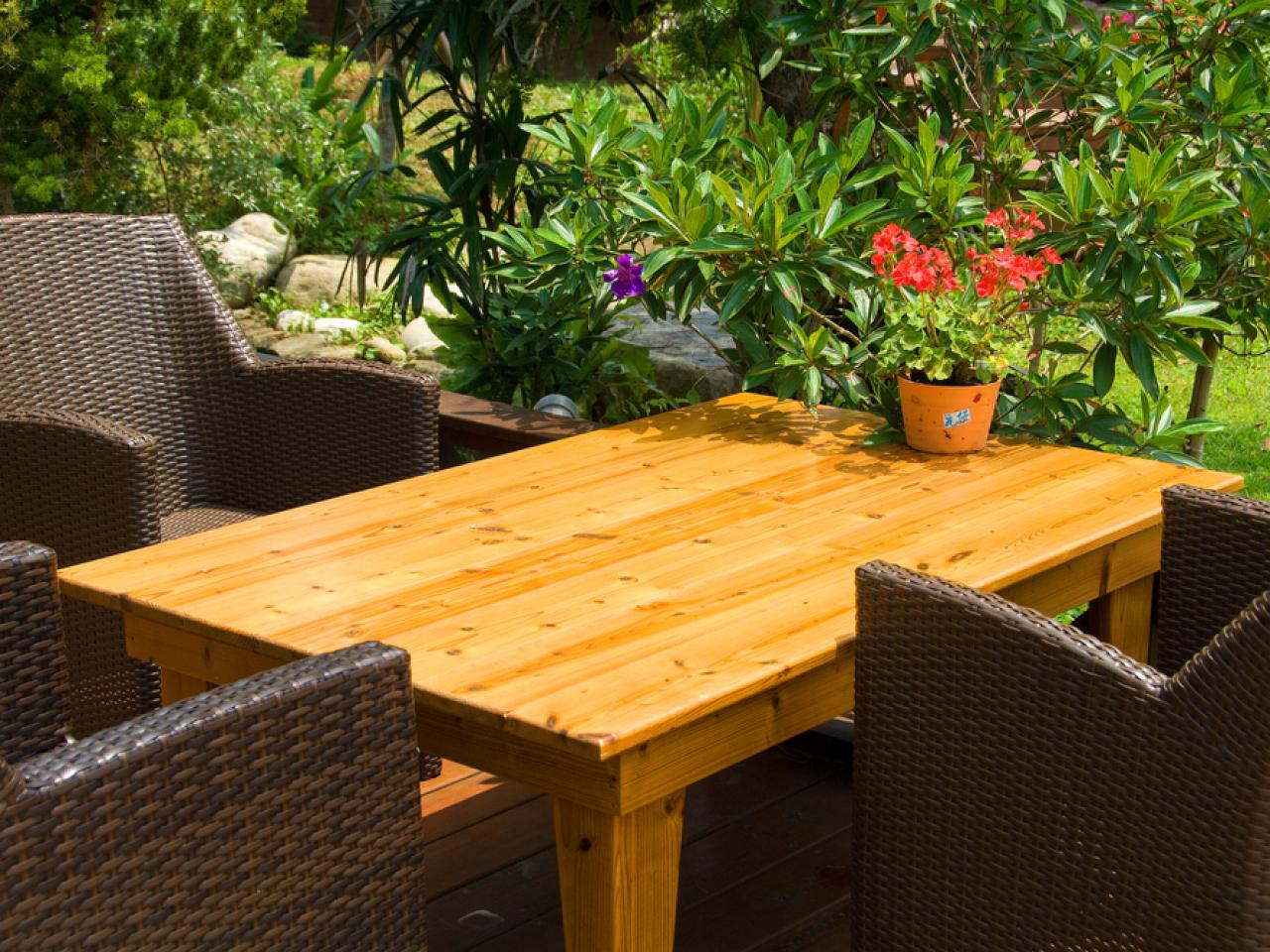
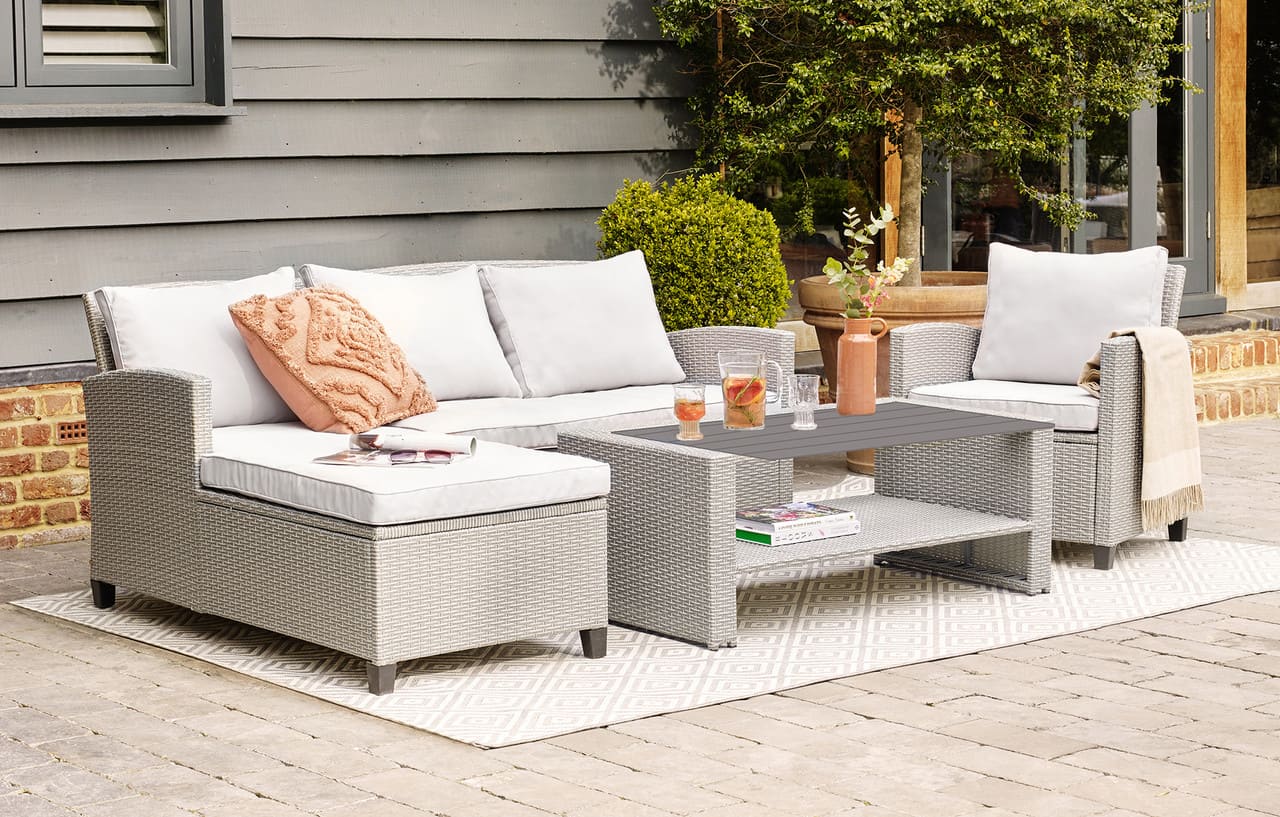
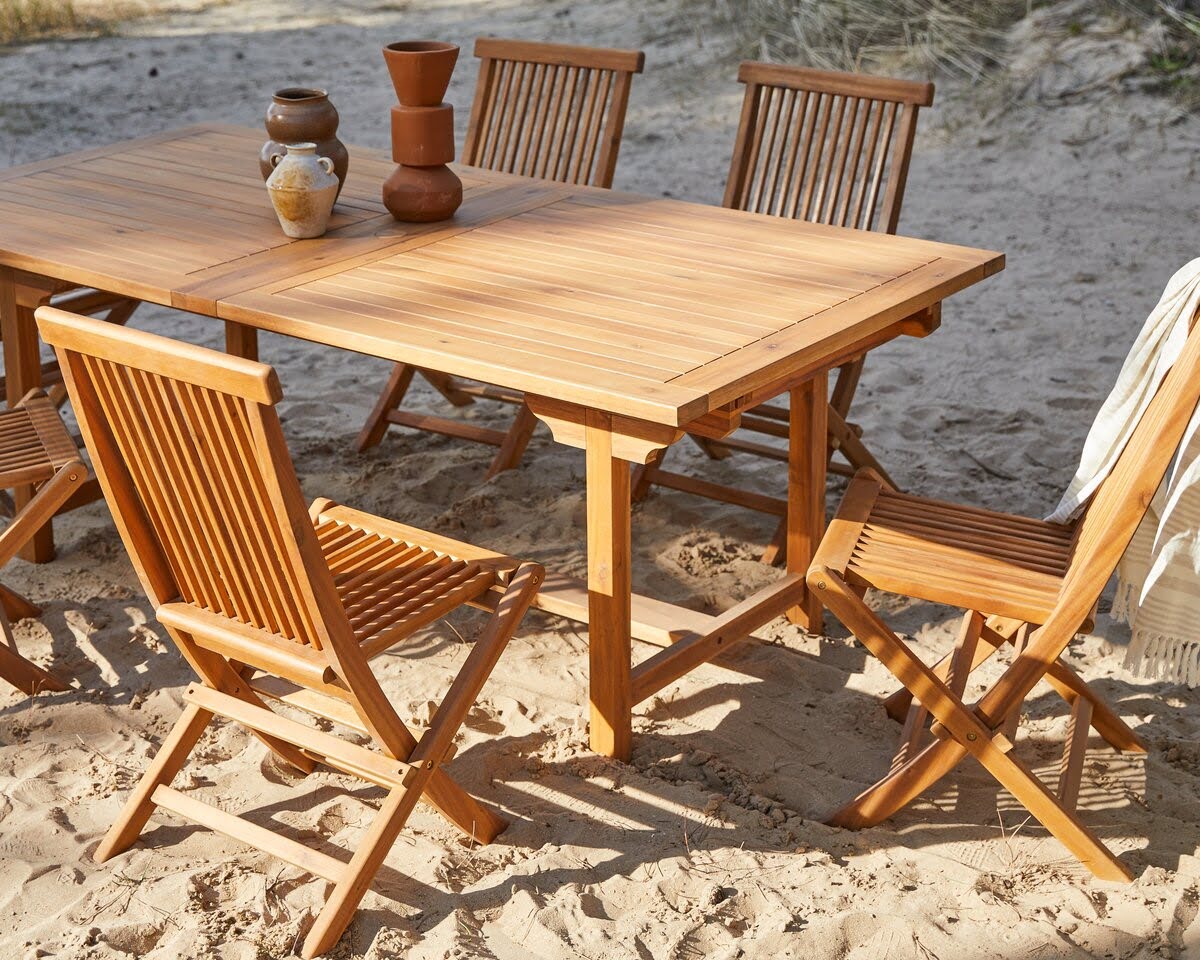
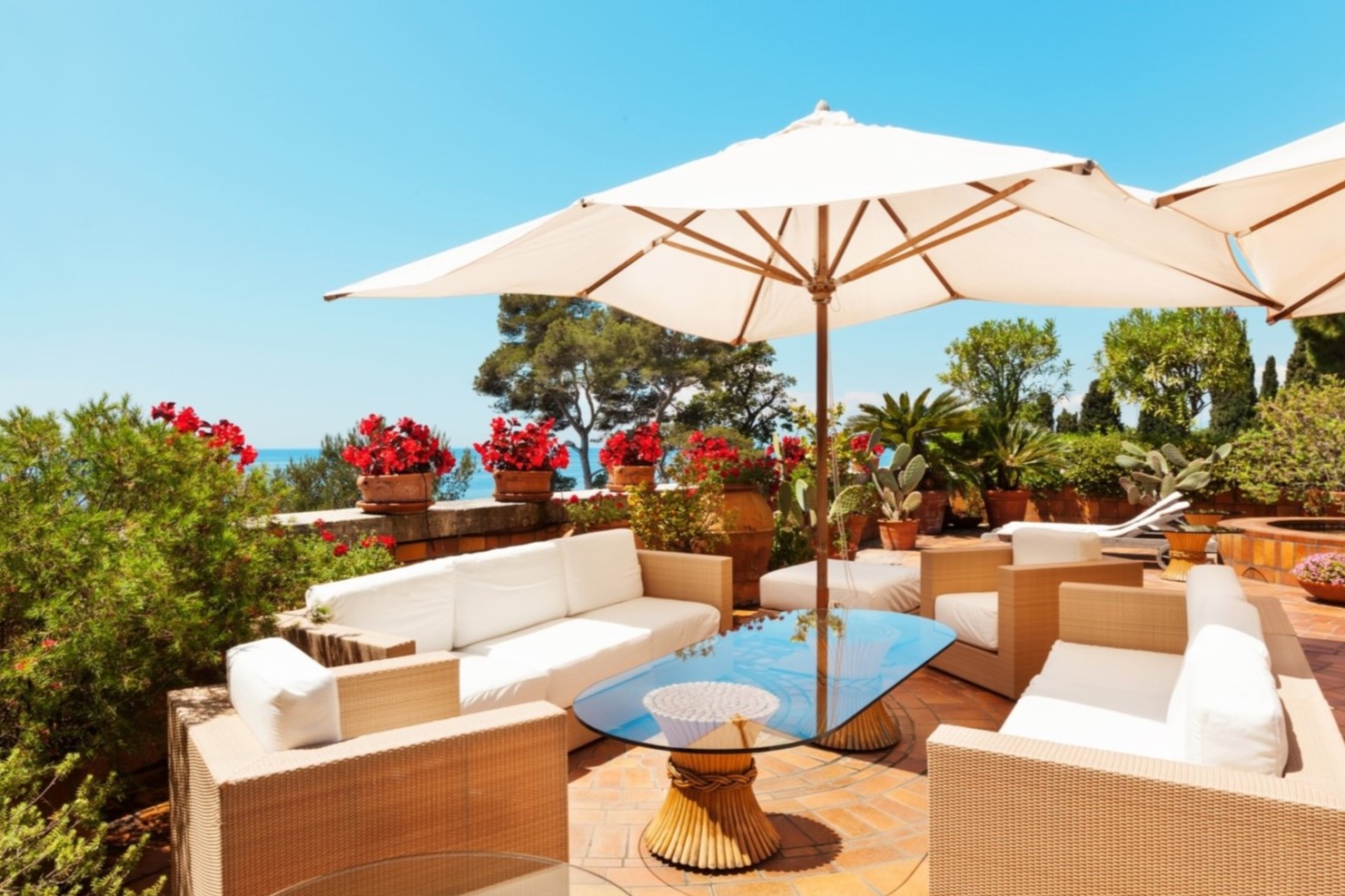
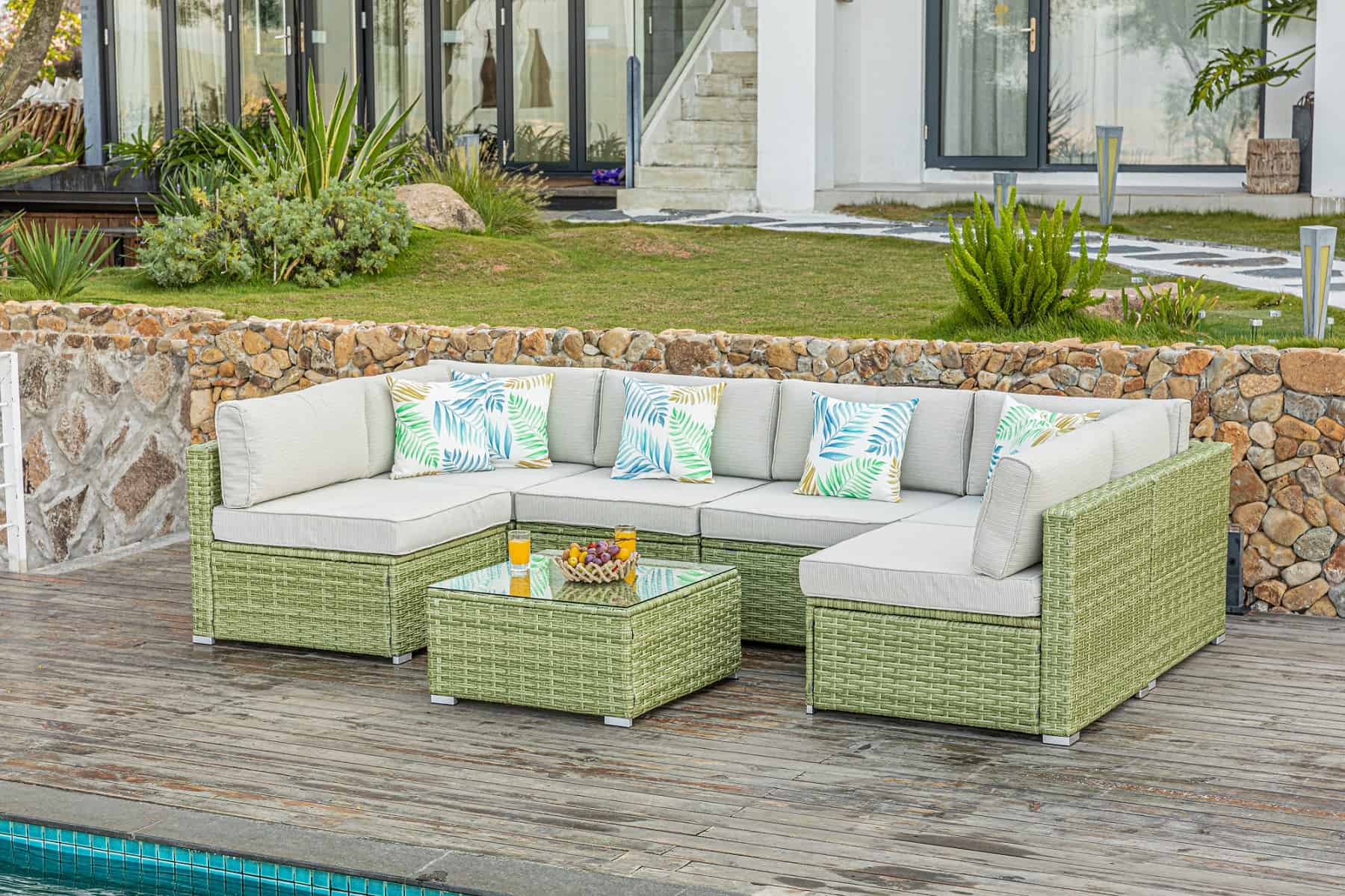
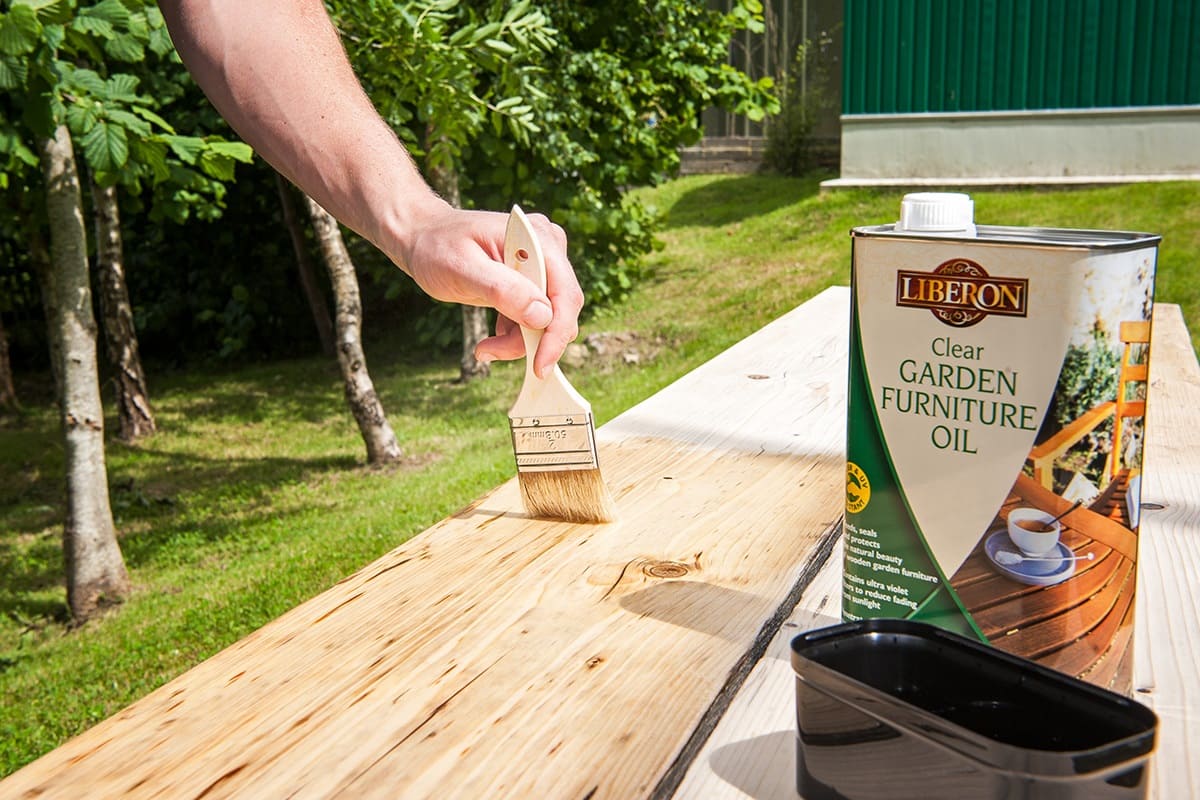
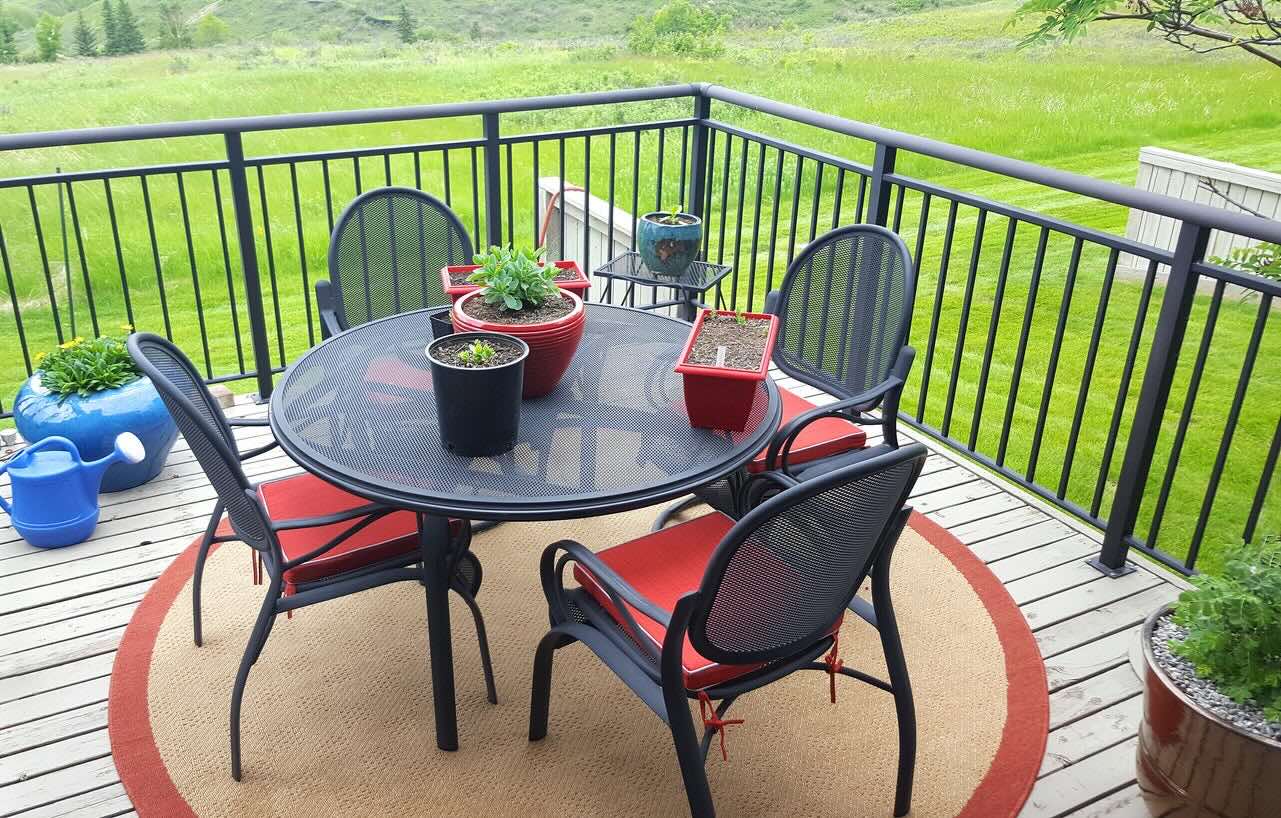
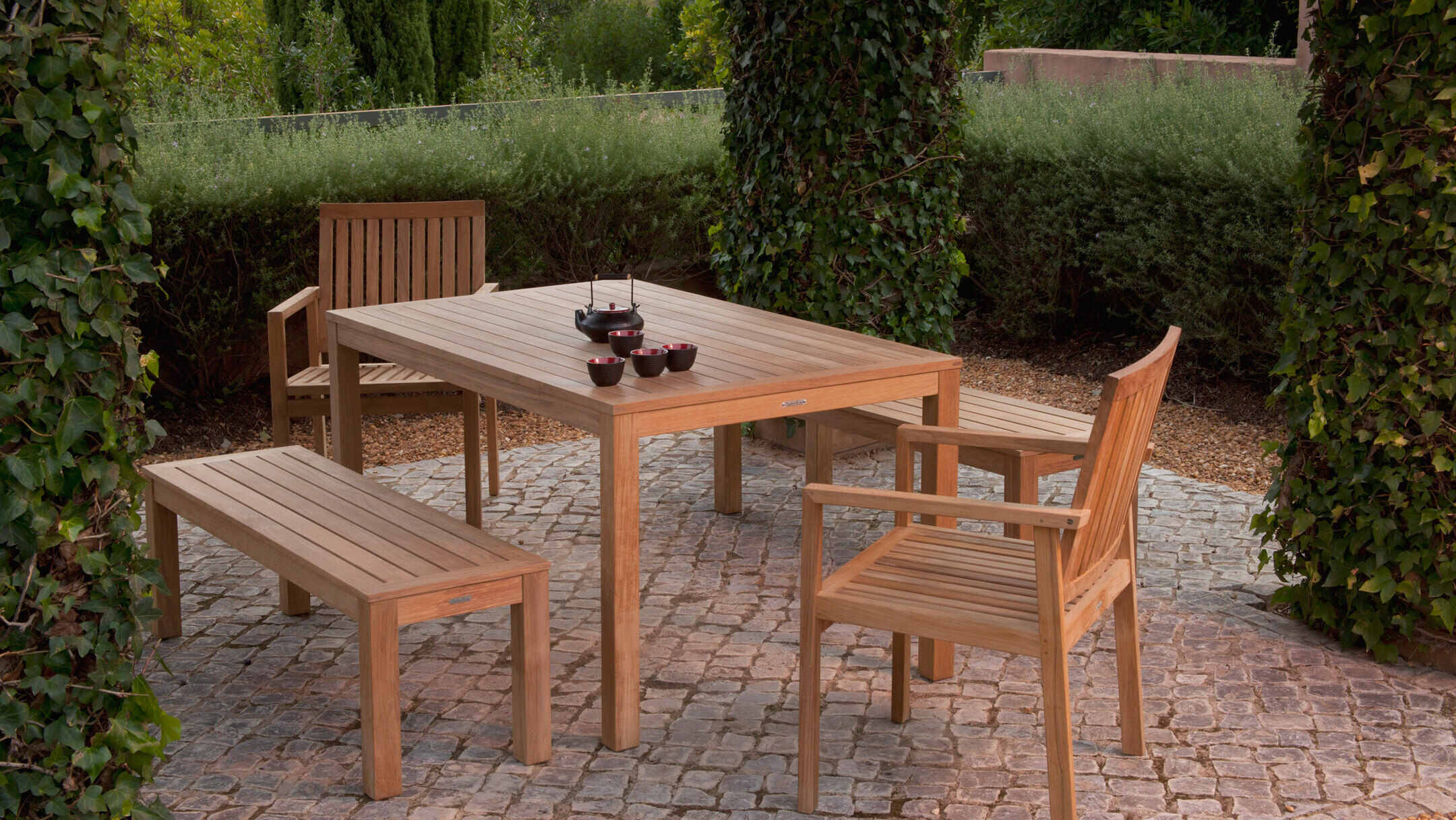
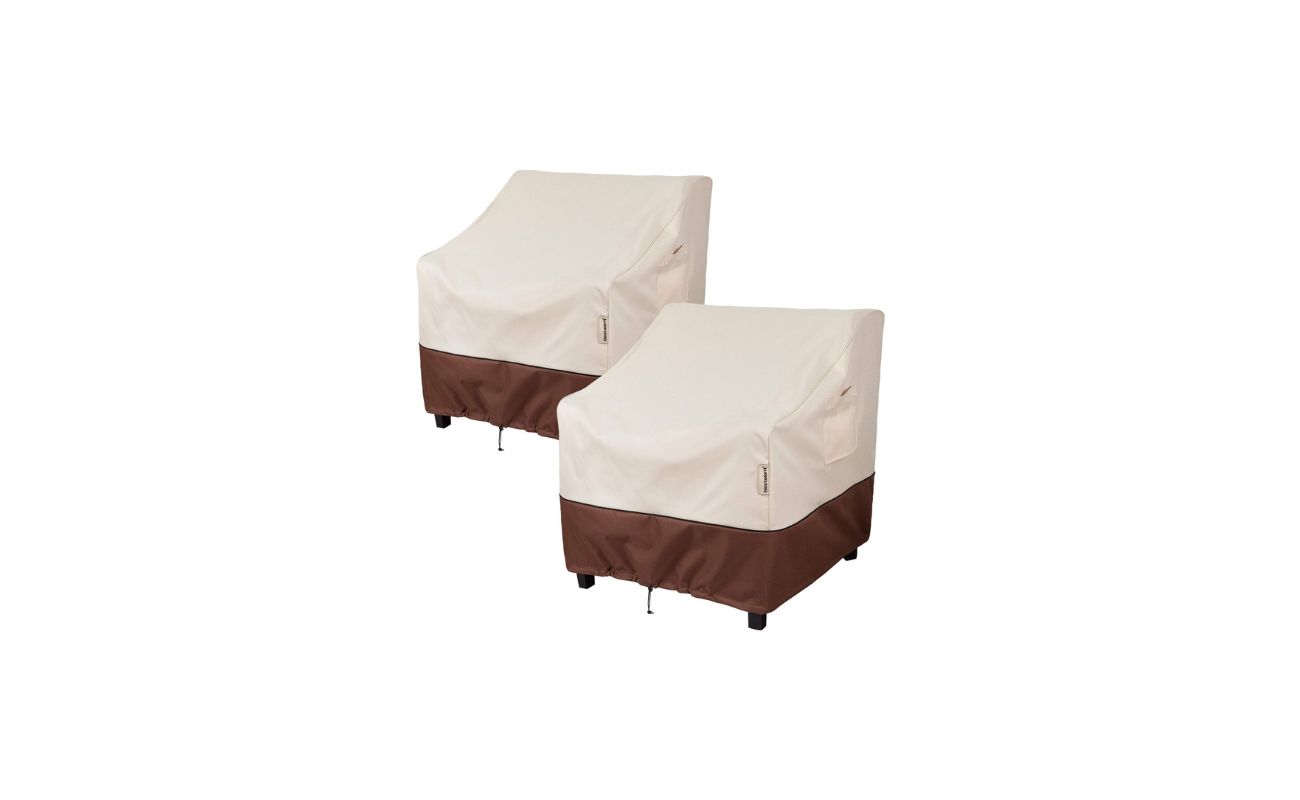
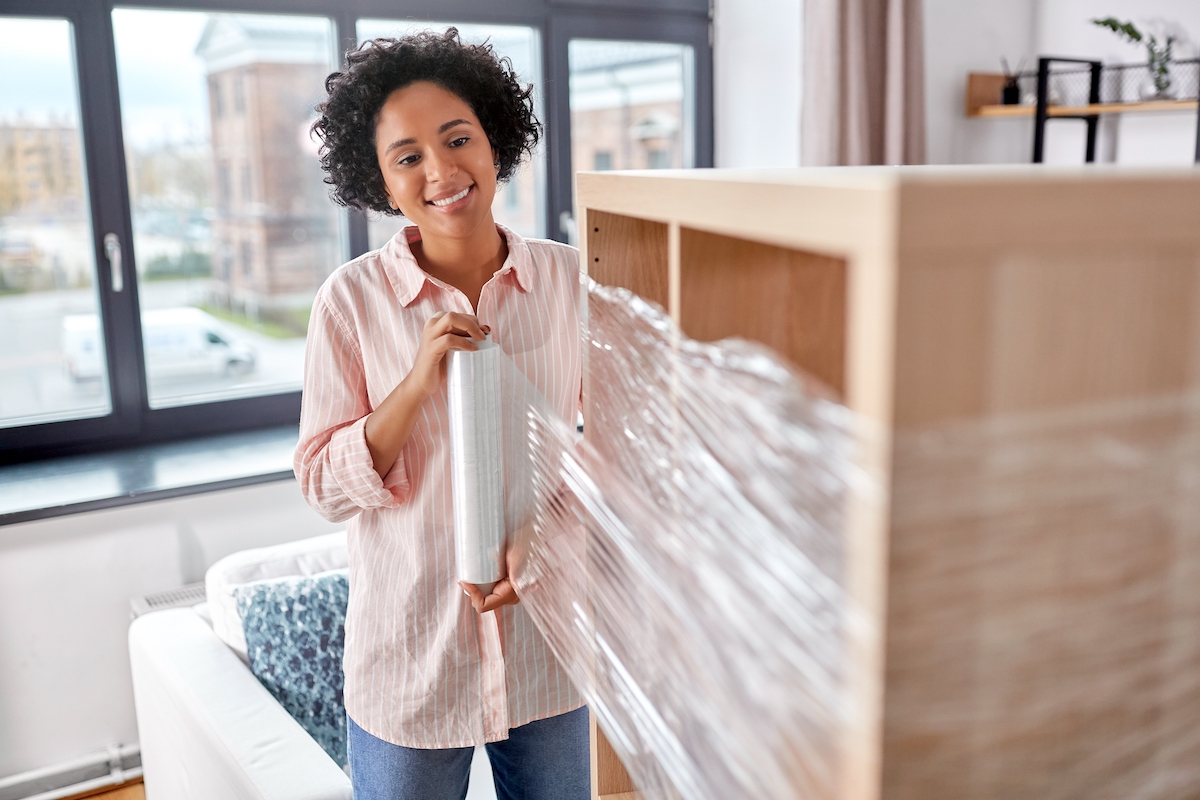

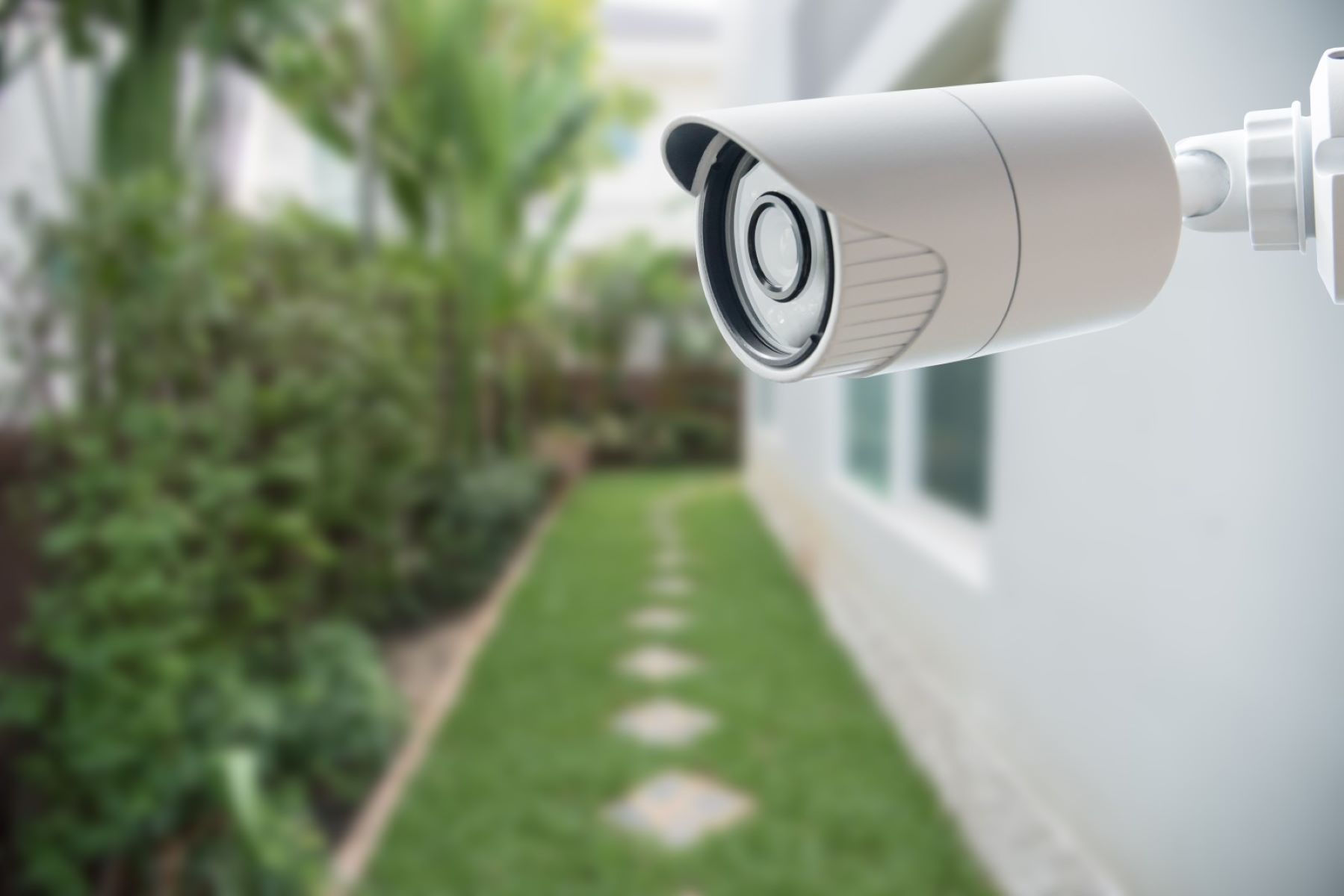

0 thoughts on “How To Protect Outdoor Furniture”